Panoche Valley Solar Farm Project
The Panoche Valley Solar Farm Project was a fast-track utility-scale solar photovoltaic facility sited in the rural Panoche Valley, in unincorporated southeastern San Benito County. The project is located on approximately 5,000 acres of rangeland and is designed to produce up to 420 megawatts. This was a highly controversial solar development, with elevated public sensitivity about biological resources, noise, agriculture, and aesthetics, among other issue areas. The project is located within an area identified by the US Fish and Wildlife Service as a Recovery Plan area for Upland Species of the San Joaquin Valley. The project site is also located within high-quality habitat for a number of State and federally threatened and endangered species, including the San Joaquin kit fox, giant kangaroo rat, California tiger salamander, and blunt-nosed leopard lizard. There was also heightened public concern regarding noise generated during the project’s five-year construction period, as well as potential impacts associated with converting prime agricultural soils for solar uses, hazards and fiscal effects related to project decommissioning, and aesthetic impacts associated with introducing the project in the rural and scenic Panoche Valley.
Aspen prepared an Environmental Impact Report (EIR) and supporting technical analyses for this project, per the requirements of the California Environmental Quality Act (CEQA), working closely with regulatory agencies in order to develop a project-specific mitigation plan, particularly for biological resources, and to ensure compliance of the project with applicable laws and regulations. After only three months of intensive work, the Draft EIR was released on time and within budget. San Benito County Department of Planning and Building Inspection Services was the CEQA lead agency.
Aspen also carried out a full public participation plan for this highly controversial project, including public scoping meetings, translating public information materials into Spanish, publication of notices in a wide range of newspapers, updating and maintaining a project website, hosting a project hotline responding to public inquiries on the project, and presenting the conclusions of the EIR at a public information hearing.

